
Nurturing the Body and Mind During Pregnancy
Prenatal yoga is not just your regular yoga routine with a baby bump; it is a specialized form of exercise tailored to the needs of expectant mothers. As a certified prenatal yoga instructor, I can confidently say that this practice offers a multitude of benefits for both mom and baby.
First and foremost, prenatal yoga helps to strengthen the body in preparation for childbirth. The gentle stretches and movements help to alleviate common pregnancy-related discomforts such as back pain and swollen ankles. Additionally, the breathing techniques taught in prenatal yoga classes can be incredibly useful during labor, helping to promote relaxation and decrease anxiety.
Pregnancy is a transformative and special time in a woman’s life. Prenatal yoga offers a safe and effective way to stay active, relieve discomfort, and promote overall well-being during pregnancy
It’s crucial to consult with a healthcare provider and seek guidance from a qualified prenatal yoga instructor before practicing yoga during pregnancy.

It focuses on gentle movements, breath awareness, and relaxation techniques to support the changing needs of the body and cultivate a sense of calm and connection with the growing baby.
Here are some key categories of prenatal yoga asanas (poses) and their uses.
Standing Poses:
Tree Pose (Vrikshasana):
Stand tall, place one foot on the inner thigh or calf of the opposite leg, and find your balance. This pose helps improve stability and strengthens the legs.
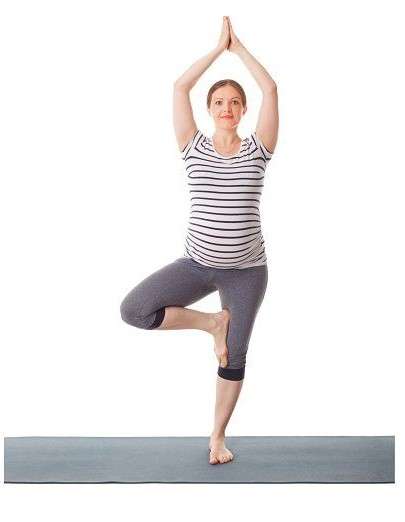
Warrior II (Virabhadrasana II):
Step your feet wide apart, extend your arms parallel to the floor, and lunge into a deep bend in your front knee. This pose strengthens the legs, opens the hips, and promotes a sense of empowerment.
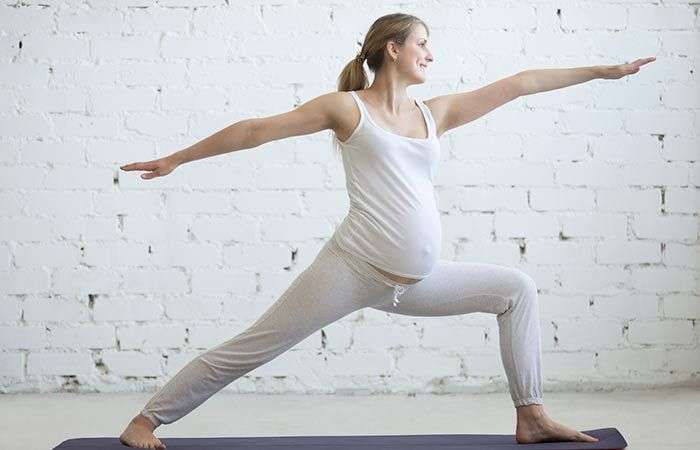
Gentle Backbends:
Cat-Cow Pose (Marjaryasana-Bitilasana):
Come onto all fours, gently arch your back while looking up (Cow), and then round your spine while tucking your chin to your chest (Cat). This pose helps alleviate back tension and promotes spinal flexibility.
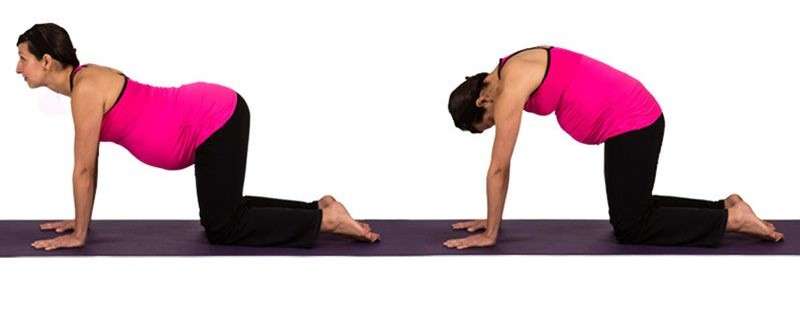
Supported Bridge Pose (Setu Bandhasana):
Lie on your back, bend your knees, and lift your hips while supporting your lower back with a bolster or folded blanket. This pose gently stretches the chest and back, and promotes relaxation.
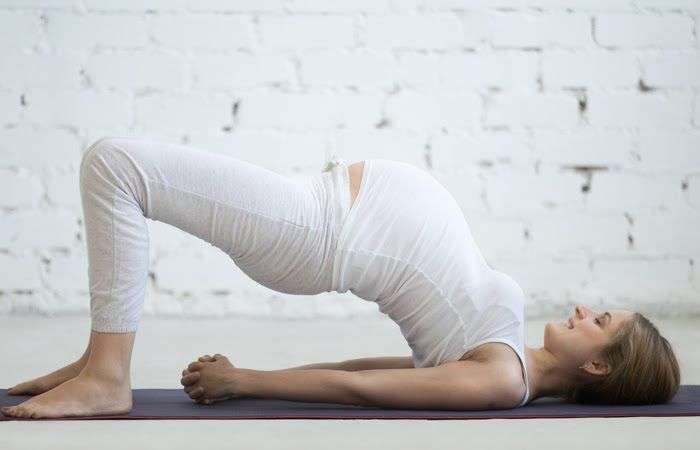
Hip-Opening Poses:
Bound Angle Pose (Baddha Konasana):
Sit on the floor, bring the soles of your feet together, and gently press your knees toward the floor. This pose helps open the hips and relieve tension in the groin area.
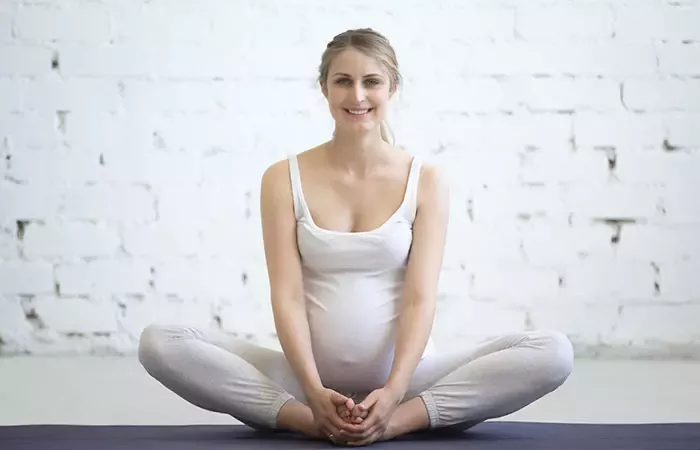
Squatting Pose (Malasana):
Stand with your feet wider than hip-width apart, squat down, and bring your palms together in prayer position. This pose helps open the hips, stretch the lower back, and prepare for childbirth.
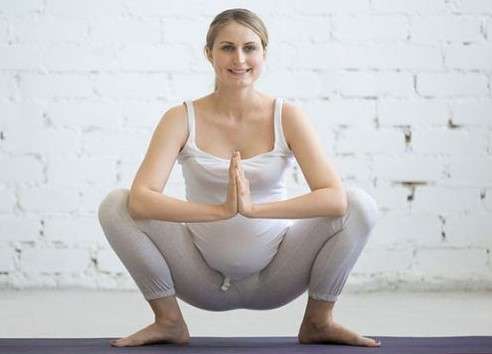
Seated Poses:
Easy Pose (Sukhasana):
Sit cross-legged on the floor or on a cushion, lengthen your spine, and relax your shoulders. This pose promotes grounding, relaxation, and mindfulness.
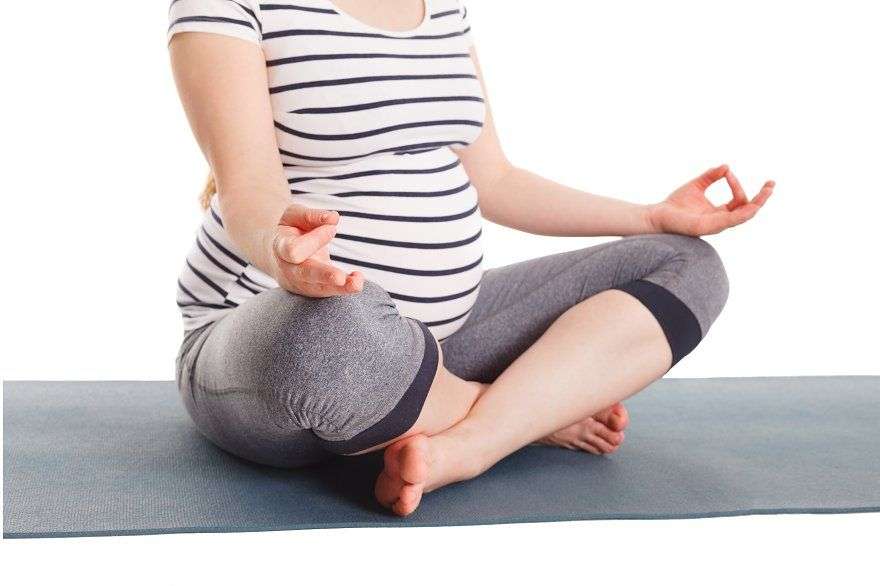
Seated Forward Bend (Paschimottanasana):
Sit with your legs extended, reach forward, and fold over your legs while keeping your spine long. This pose stretches the hamstrings and promotes relaxation.
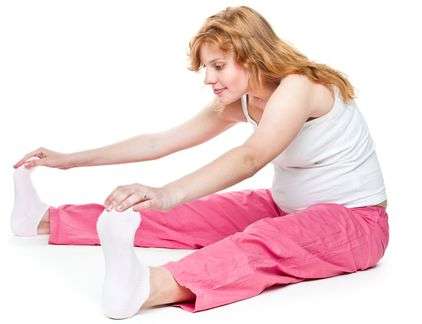
Restorative Poses:
Legs-Up-The-Wall Pose (Viparita Karani):
Lie on your back and extend your legs up against a wall. This pose promotes relaxation, reduces swelling in the legs, and improves circulation.
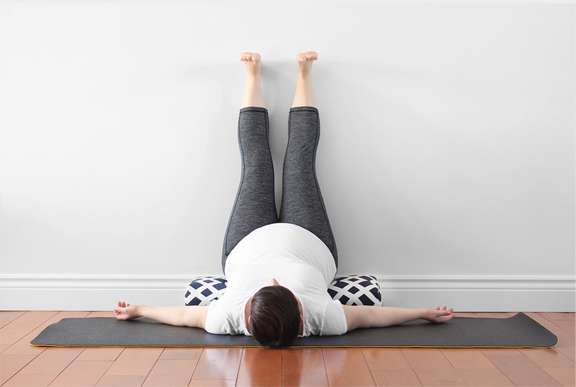
Supported Savasana (Corpse Pose):
Lie on your left side with a bolster or pillow under your head and a blanket for support. This pose promotes deep relaxation and can relieve fatigue.
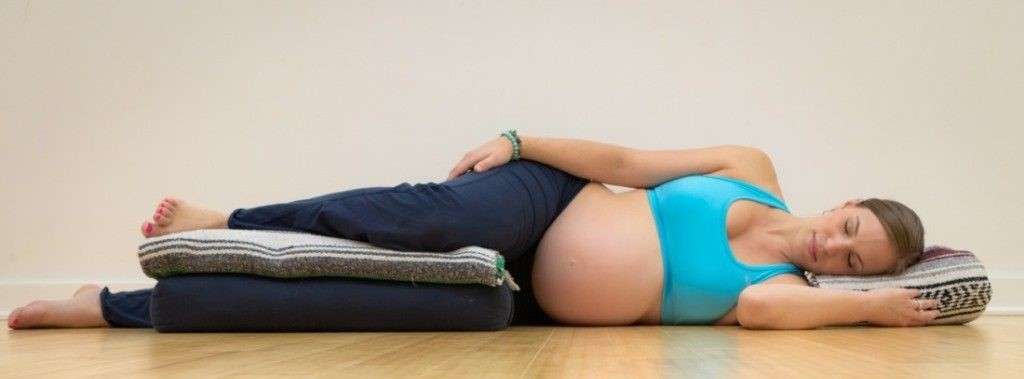
Benefits of doing yoga during pregnancy
Practicing yoga during pregnancy can offer numerous benefits for both the expectant mother and her growing baby. Here are some of the key benefits of doing yoga during pregnancy:
- Physical Fitness: Yoga helps maintain and improve overall physical fitness during pregnancy. It supports strength, flexibility, and endurance, which can be beneficial for carrying the extra weight, preparing for labor, and promoting postpartum recovery.
- Stress Reduction: Pregnancy can bring about various physical and emotional changes, which may lead to increased stress levels. Yoga provides a calming and nurturing environment, allowing pregnant women to reduce stress, release tension, and cultivate a sense of relaxation.
- Improved Sleep Quality: Many pregnant women experience difficulties with sleep due to discomfort, hormonal changes, or anxiety. Yoga promotes better sleep quality by helping to relax the body and calm the mind, allowing for more restful and rejuvenating sleep.
- Enhanced Body Awareness: Through yoga, pregnant women develop a deeper connection with their bodies. This increased body awareness can help them tune into their changing needs, promote better posture, and cultivate a positive body image during pregnancy.
- Alleviation of Common Pregnancy Discomforts: Certain yoga poses and practices can help alleviate common discomforts associated with pregnancy, such as back pain, hip tension, swelling, and digestive issues. Gentle stretches and relaxation techniques can provide relief and promote overall well-being.
- Preparation for Labor and Childbirth: Yoga helps women develop strength, endurance, and relaxation techniques that can be beneficial during labor and childbirth. Breathing exercises, pelvic floor exercises, and mindfulness practices learned in yoga can assist in managing pain and enhancing the birthing experience.
- Bonding with the Baby: Prenatal yoga provides a space for expectant mothers to connect with their growing babies. Through breathwork, meditation, and gentle movements, women can foster a deeper bond with their little ones and cultivate a sense of connection and love.
- Improved Postpartum Recovery: Regular yoga practice during pregnancy can help women maintain physical and mental strength, making the postpartum recovery period smoother. The strength and flexibility developed through yoga can aid in regaining core strength and relieving postpartum discomfort.
- Supportive Community: Participating in prenatal yoga classes provides an opportunity to connect with other expectant mothers, creating a supportive and nurturing community. Sharing experiences and receiving guidance from others in a similar stage of pregnancy can be empowering and comforting.
Benefits of Prenatal Yoga:
1. Improves physical comfort by alleviating pregnancy-related aches and pains.
2. Promotes relaxation and reduces stress, anxiety, and fatigue.
3. Enhances flexibility, strength, and balance, which can be beneficial during pregnancy and childbirth.
4. Supports optimal fetal positioning and prepares the body for labor and delivery.
5. Fosters a deeper connection between mother and baby through mindful movement and breath awareness.
Prenatal yoga offers a nurturing and supportive practice for expectant mothers, providing a safe space for self-care and connection with the body and growing baby. By incorporating gentle movements, breath awareness, and relaxation techniques, women can experience the numerous benefits of yoga during this special time, promoting physical and mental well-being as they prepare for the journey of childbirth and motherhood.
